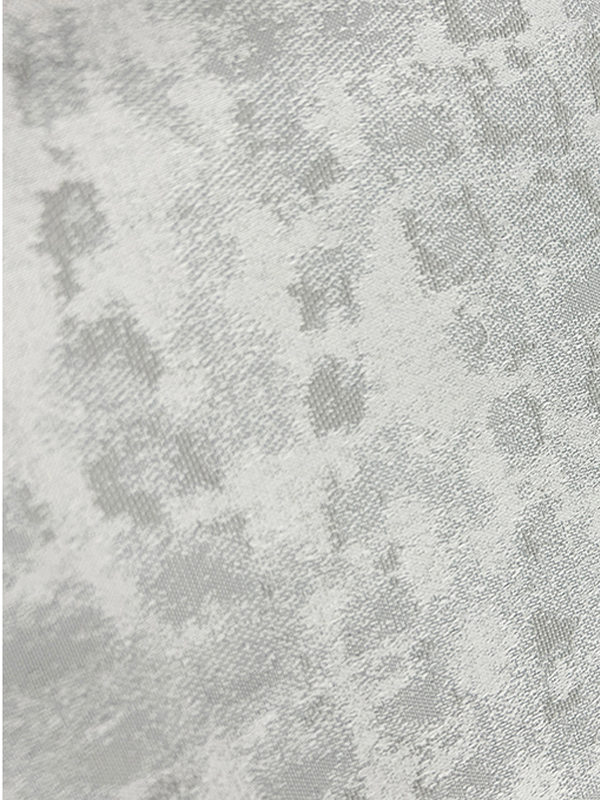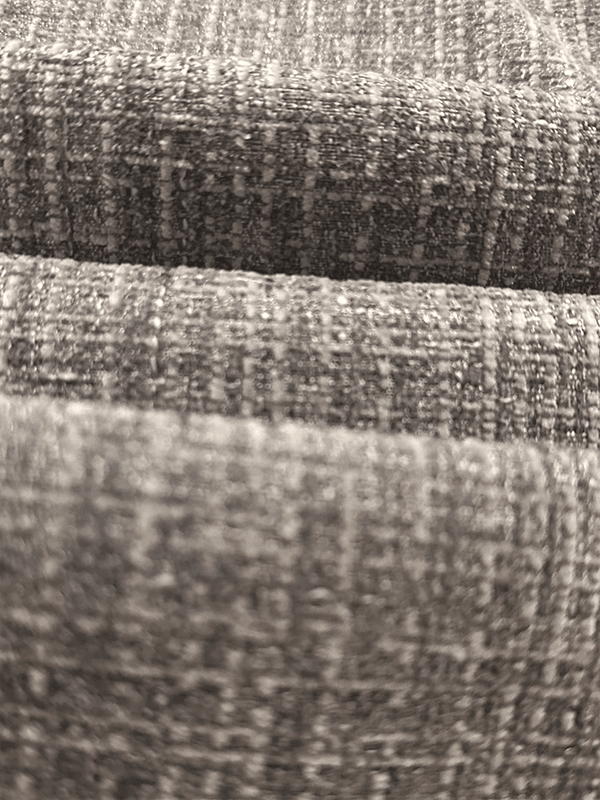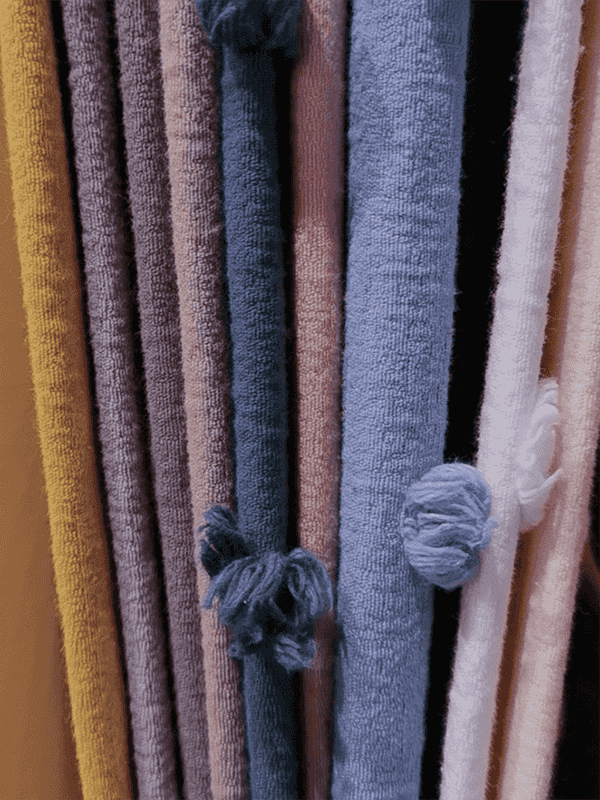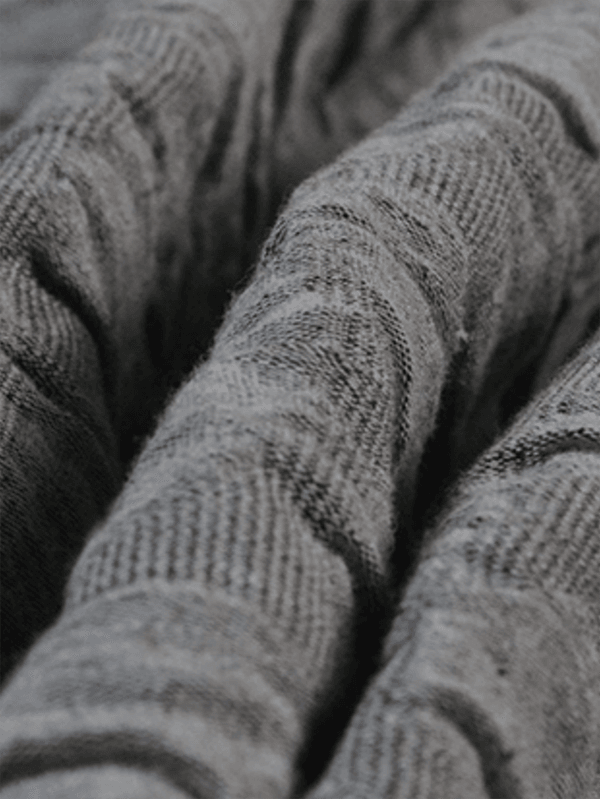When decorating a living space, curtains often serve as more than just window coverings—they are essential elements of interior design that bring a room to life. Among the many materials available, polyester curtain fabric has emerged as one of the most popular choices for both residential and commercial applications.
A Material That Combines Strength and Versatility
Polyester is a synthetic fiber known for its high strength, resilience, and wrinkle resistance. These characteristics make it a go-to material for curtain fabrics, especially in spaces that demand longevity and easy maintenance. Unlike natural fibers like cotton or linen, polyester does not shrink or fade easily, and it holds up well against sunlight and humidity—two common enemies of window treatments.
This strength and resilience make polyester curtain fabric particularly suitable for high-traffic areas such as living rooms, offices, hotels, and public spaces. The material’s versatility also allows it to be woven into a wide range of textures and thicknesses, from sheer and lightweight to heavy and insulating, offering endless possibilities for design and function.
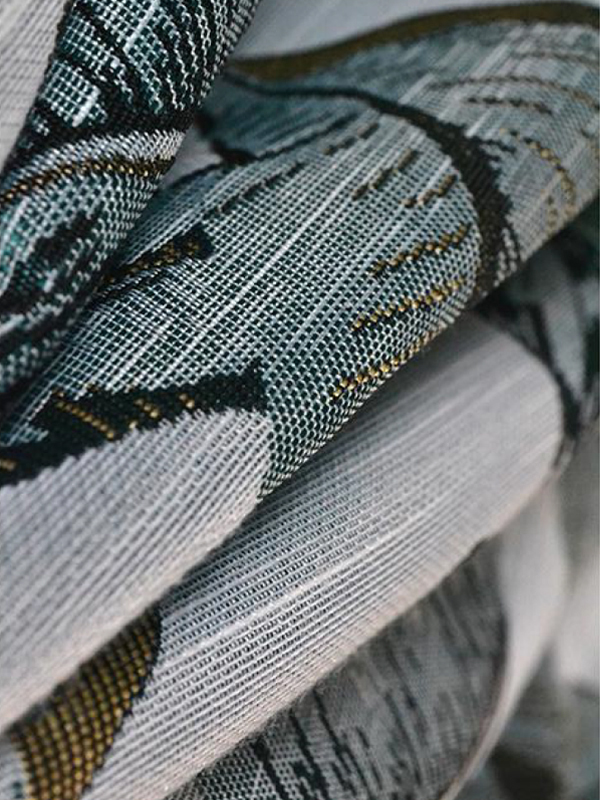
Aesthetic Appeal Meets Practical Function
One of the biggest advantages of polyester curtain fabric is how it combines aesthetic appeal with practicality. Thanks to advanced weaving and dyeing technologies, polyester can mimic the look and feel of more expensive materials like silk, linen, or velvet at a fraction of the cost. This allows homeowners and designers to create luxurious spaces without breaking the budget.
Polyester curtains also offer excellent draping qualities, making them ideal for creating structured pleats or flowing folds. Whether you want a modern minimalist look with clean lines or a classic, layered appearance with tiebacks and valances, polyester fabric can deliver the desired effect effortlessly.
Polyester is easy to dye and print, which means manufacturers can offer a wide variety of colors, patterns, and finishes—from neutral tones that blend into the background to bold prints that serve as statement pieces. This fusion of beauty and practicality is why polyester curtain fabric continues to dominate the market.
The Perfect Blend for Performance Needs
Curtains are not only about aesthetics; they also serve important functions such as controlling light, providing privacy, and even enhancing energy efficiency. Polyester curtain fabrics can be engineered to meet all these needs.
For instance, blackout polyester curtains are treated or lined to block out sunlight, making them ideal for bedrooms and media rooms. Thermal-insulated polyester curtains help regulate indoor temperatures by preventing heat loss in winter and heat gain in summer. Flame-retardant polyester options are perfect for commercial spaces where safety regulations are strict.
By combining specific features into a single fabric, polyester becomes a multifunctional material that satisfies a variety of performance requirements while maintaining visual appeal.
Easy Care: Combining Convenience with Cleanliness
Another major benefit of polyester curtain fabric is its ease of care. Unlike more delicate fabrics that require dry cleaning or special treatment, most polyester curtains are machine-washable, quick-drying, and resistant to wrinkling and shrinking. This makes them especially suitable for busy households or hospitality settings where ease of maintenance is essential.
In homes with children or pets, polyester’s stain-resistant properties are particularly appreciated. Spills and smudges can often be wiped away with minimal effort, keeping the curtains looking fresh and clean without constant upkeep.
Affordability and Sustainability in One Package
Affordability is often a key factor in material selection, and polyester delivers excellent value for money. While it is budget-friendly, it does not sacrifice quality or appearance, making it a smart choice for homeowners and businesses alike.
Furthermore, with growing environmental awareness, many manufacturers are now offering recycled polyester curtain fabrics, made from repurposed plastic bottles and other post-consumer materials. These sustainable options combine eco-friendliness with the trusted performance of polyester, giving environmentally conscious consumers a responsible alternative.

 English
English 中文简体
中文简体 Español
Español عربى
عربى
